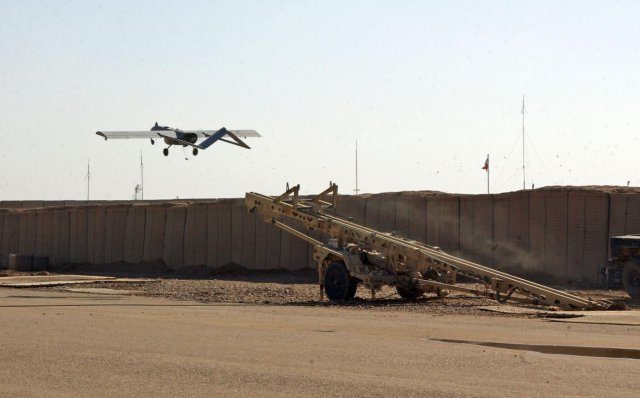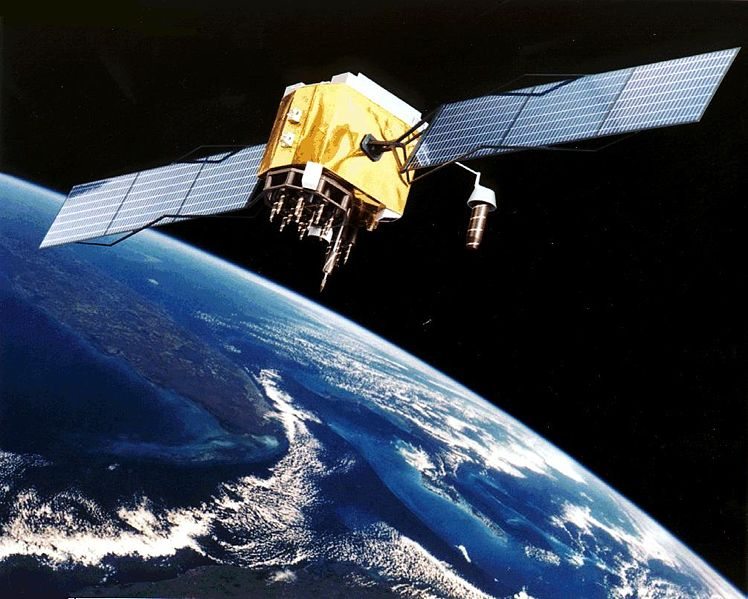Unmanned aerial vehicle pilots maintain an “eye-in-the-sky” view providing real-time surveillance high above the battlefield in order to keep Soldiers safe from unexpected “enemy” attacks, at the U.S. Army National Training Center, here.
Before putting Soldiers in harm’s way, military unmanned aerial vehicles, known as UAVs, perform aerial reconnaissance, be it night or day. At night the UAV uses night-vision to find the point of origin of any attack. Some even carry out attack missions. UAVs have many uses, including safely scanning a large area and providing accurate information on potential enemies.
The ground data terminal antenna receives intelligence between the ground control station, or GCS, and the UAV up to 125 kilometers away. The GCS is where the pilots “drive” the UAVs, and is located near the tactical operations center, or TOC, providing vitally important real-time video.
“My Soldiers and I provide a ‘bird’s eye’ view situational awareness for the Soldiers on the ground,” said Staff Sgt. Thomas Tichy, 66th Military Intelligence Company, 3rd Squadron, 3rd Armored Cavalry Regiment. The 3rd ACR is stationed at Fort Hood, Texas.
“We provide valuable intelligence to our regimental TOC,” he said. “They decide what to do with our intelligence and put it into action.”
Pvt. Aaron Grumm, also of the 66th MI Co., said his mission at NTC is to provide reconnaissance using a wide array of tactical UAVs. The aerial vehicles cover a larger area than regular ground units would cover in the same amount of time.
“If for example, a Soldier would be lost, we would help find them,” said Grumm, “We can search from above covering a larger area faster than a ground team.”
“From high above the ground they can spot someone about to bury an improvised explosive device, or people who are engaging our ground forces,” Tichy said.
Tichy said some of the UAV operators in his company have combat experience using their real-time UAV feed to coordinate with Apache and Kiowa helicopter fire teams to engage anti-coalition forces.
Sgt. Joshua Peterson, also of the 66th MI Company, said his team has direct communication with the TOC and consequently his team is called upon the second there is mortar, artillery fire, or indirect fire directed towards coalition forces.
The vehicle uses a pneumatic launcher upon take-off and is recovered using an arresting hook and cable system similar to the ones used on aircraft carriers. At the conclusion of a mission, once the UAV lands, proper maintenance is conducted to prepare it for any future missions.
Peterson suggests that UAVs are a valuable asset that helps save lives in the combat zone.
“UAVs are the future of warfare,” Peterson said. “Hopefully there will be a time when we can actually go into war without sending any personnel.”











